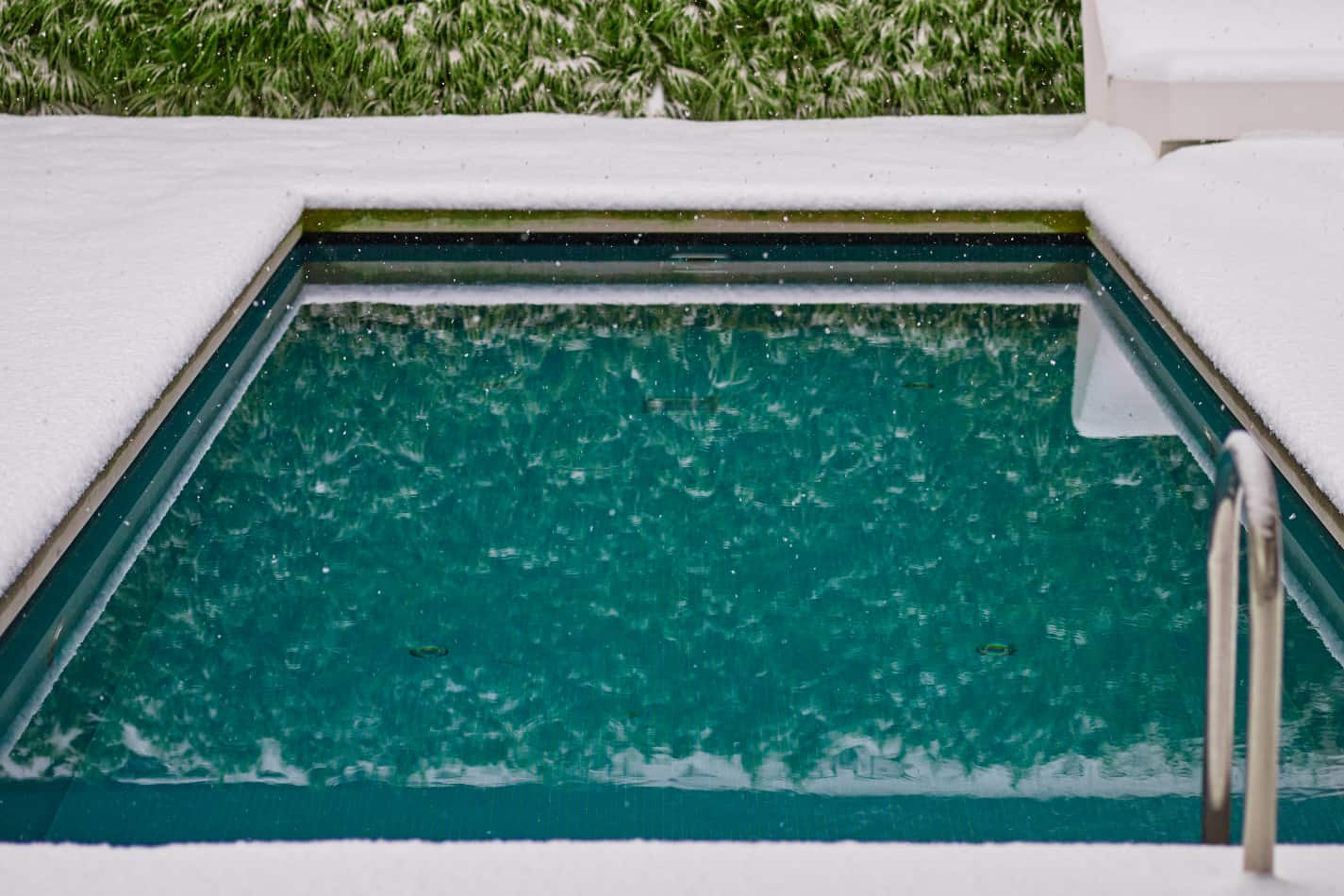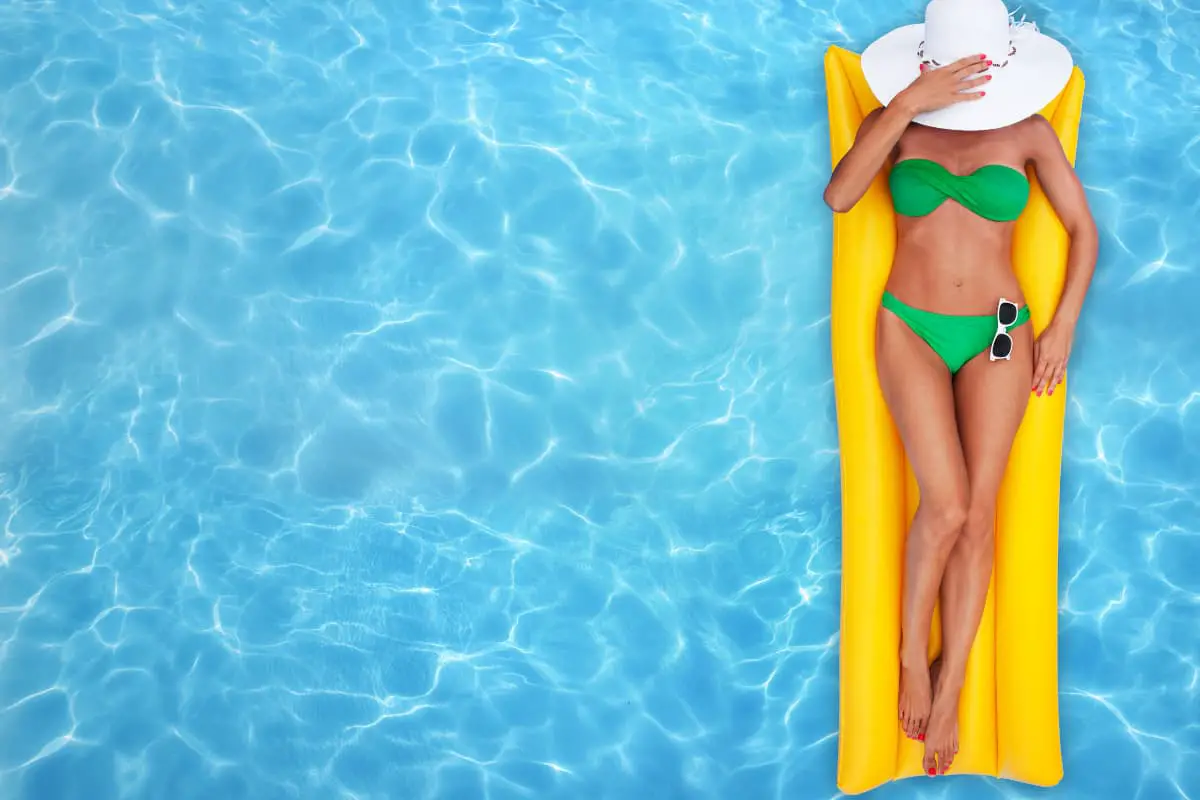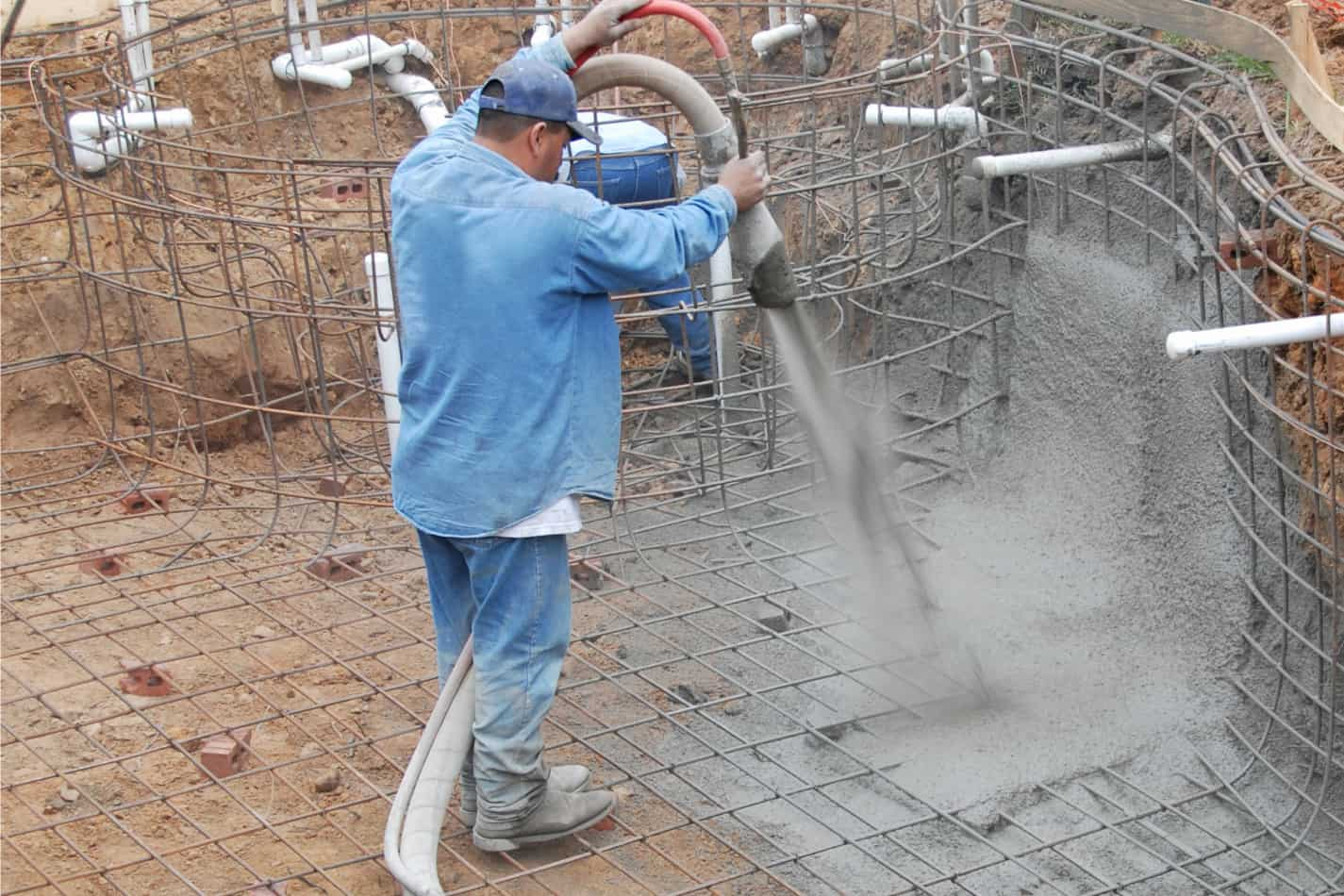Winter Prep: Pool Differences in the Southern United States

As an Amazon Associate I earn from qualifying purchases.
As the weather cools and the fall season draws nearer, people begin their winter preparation routines. One aspect of your preparation that should not be overlooked is your pool. Even if you’re not going to be swimming in it, you’ll want it to be in good operating order by next spring.
Typically, every city experiences extreme weather events from time to time, but some receive far more than their fair share. So what is different in the southern United States?
Winter severity is not always equal in the United States. If you’re new to the States or any other State in the entire South United States, know that the winters aren’t always that harsh.
Notwithstanding, the South States such as Arizona, Texas, Alabama are no strangers to bitterly cold winters. And even though they won’t be getting nearly as much winter (snow) as their northern neighbors, they still need to know how to winterize a pool.
Learn How to Manage Your Pool and Hot Tub
Frustrated trying to keep your pool clear? Feeling confused about when to add the right chemicals? Get the perfect easy-to-use, illustrated ebook and video course today!
What is Winterizing a pool?
Winterizing your pool, unlike closing it, is the final step in the pool season. This means that your pool will not be used for several months, that the equipment will be switched off, that the accessories will be removed, and that the water in the lines and vessels will be emptied.
“Do I even need to winterize my pool in the first place?” you might wonder. This is a good question, and the answer depends on different circumstances.
Some winters are milder than others, and you may want to keep your lovely pool open all year. It’s not unheard of, and it’s possible in specific cold conditions. Nonetheless, it’s a difficult and sometimes inadvisable path to take.
The Importance of Pool Winterization
If you live in the South of the United States and have a swimming pool, you are well aware of the necessity of maintenance. Critical pool upkeep is necessary for anyone trying to protect their investment, from water quality to cleaning and beyond. And knowing how to winterize a pool is an important element of that maintenance checklist.
Pool maintenance is vital all year, but it’s even more important and difficult during the winter months. In cold weather, pH levels rise quickly, necessitating more frequent treatment.
On the other hand, when water in a pool freezes, the volume of the water expands. This can harm your in-ground or above-ground swimming pool’s vinyl liners, concrete, or other surfaces.
Chemical imbalances, germs, and other dangerous chemicals built up in the pool can be frozen in place. This means that when spring arrives, you’ll be welcomed by an unkempt pool.
Overall, pool maintenance and upkeep would be required during the winter months, and few people would likely choose to swim in near-freezing water. That is why it is essential to understand pool winterization.
When Should You Winterize Your Pool?
It’s just as vital to know when to winterize your pool as it is to know-how. You’ll be out of the pool for longer than required if you jump in too early. If you wait too long, you may have an extremely cold and unpleasant experience.
Generally speaking, you should begin these preparations approximately a week before you plan to close your pool for the season. And that should be around the end of December or the beginning of January.
The South United States, such as Arizona, begin to experience their lowest winter temperatures around these periods.
How to Winterize a Pool
We’ve got you covered if you’ve decided to close your pool for the next winter. Here are some suggestions for you to consider.
- Check Chemical Concentrations
First and foremost, make sure your pool’s water chemistry is in order. You’ll want to use a kit to test the pH levels every week or two, just like you would in the summer.
A proper pH balance should be between 7.4 and 7.6 at all times. Alkalinity should be between 80 and 120 parts per million (ppm). Finally, chlorine levels should be between 2 and 3 parts per million, with calcium levels ranging from 175 to 225 parts per million.
- Clean the clean pool well
It’s time to clean again, just as you would every week or two over the summer. This is, without a doubt, everyone’s favorite portion. It’s especially crucial when it comes to winterizing your pool.
Note that you won’t be touching this pool for several months, so the cleaning must be thoroughly done.
You’ll want to keep it in good condition for as long as you can. It’s also pleasant to be welcomed with a clean and fresh pool in the spring. So make sure to clean vinyl, concrete, and other liners and surfaces with a pool brush.
All surfaces should be vacuumed thoroughly.
- Skim the surface of the pool
Because liners are often porous, it’s critical to clean them thoroughly.
- Reduce Water Levels
You’ll want to lower the water level after you’ve found the proper chemical balance and done a thorough cleaning. You can drain your pool with a siphon pump, and the overall water level should be about six inches or less below your skimmers.
- Clean Your Plumbing Lines
If you have a pool, you might want to contact your pool service provider for this. Pipes can freeze and expand in the middle of winter. It’s a good idea to blow out (or purge) the plumbing lines to your pool with something like a shop vac. If desired, add antifreeze and a stopper.
- Make sure the pump and skimmer are clean.
Disconnect all hoses from the skimmer, heater, chlorinator, and other pool equipment. Clean the pump thoroughly with a hose and let it air dry.
Remove the skimmer’s lid, empty it, and reinstall the basket. All hoses, connections, and other parts from these parts should be cleaned and stored separately in a winter basket.
- Organize and clean all of your accessories
Make a list of all the accessories and fittings you have: Ladders, diving boards, steps, floats, toys, and other decorations. Clean them all well before storing them in a winter basket with a cover.
- Take Care of Your Deck
We’ve spent so much time talking about the pool that you could be forgetting about your deck. In some ways, it’s a vital part of your whole pool, and you should be concerned about its health throughout the year.
Learn How to Manage Your Pool and Hot Tub
Frustrated trying to keep your pool clear? Feeling confused about when to add the right chemicals? Get the perfect easy-to-use, illustrated ebook and video course today!
Conclusion
If you have a swimming pool in the southern United States, what you do to “winterize” is likely to be considerably different from what you would do in the Northern United States.
For many people in Texas and other states of the South, winterizing a pool entails simply unplugging all of the drain plugs on the equipment and reducing the water to the tile’s bottom.
Swimming pools in Texas that are winterized this way often do not have their plumbing lines blown out or any antifreeze put to them.
Although some do, they may also be exposed to chemical elements without any form of protection.



